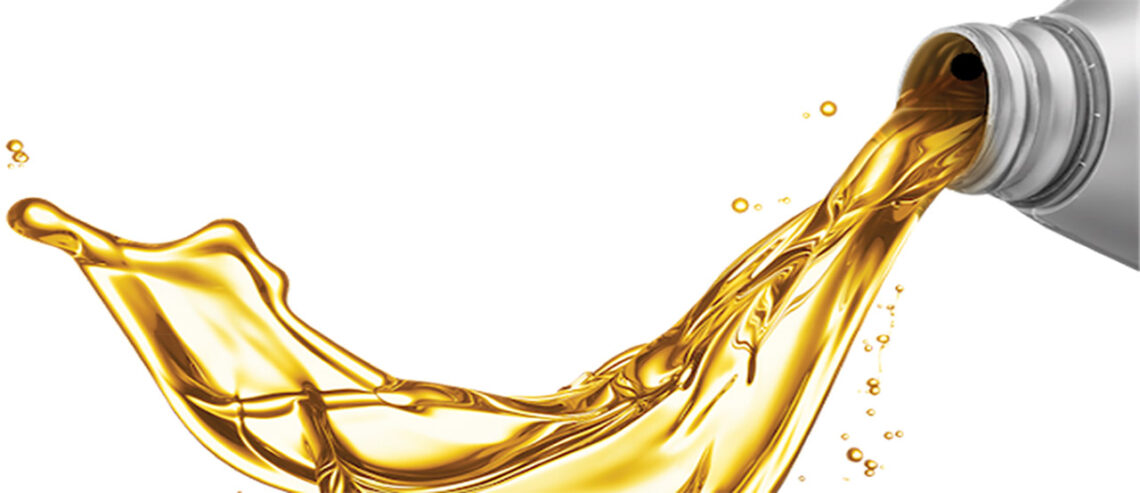At Folsom Lake Kia, we provide Kia oil changes on all Kia models and years. This winter, learn how to care for your car by identifying an oil leak. Learn the root cause of most leaks, the consequences, and how to prevent leakage from occurring in the first place.
What Causes an Oil Leak?
A car oil leak can stem from a number of causes. The most common culprit is a tear in the oil drain plug or oil filter. It’s also possible the oil pan or valve cover gasket is badly worn. Though not as commonplace, it may also be the case that the crankcase ventilation is clogged. A few other culprits may include:
- An opening in the oil cooler
- A cracked engine block
- A worn oil pressure sensor
- A broken camshaft seal
Consequences of Leaking Oil
There are multiple potential issues stemming from an oil leak. For starters, the leak can cover the engine surface in oil. The oil combined with the hot surface can pose a fire risk. A leak also means, of course, that your car is losing oil at an accelerated rate. With low oil, the engine components will not receive adequate lubrication, causing the metal parts to grind and overheat.
How to Prevent an Oil Leak
With so many potential causes, the only surefire way to identify and drastically minimize a leak is via professional maintenance. A routine inspection includes a look at the seals and other parts where a leak can stem from.
Is your car due for an oil change? We perform oil changes on all Kia models, including the Kia Stinger. The oil is the car’s lifeblood; a leak can lead to a domino effect of problems under the hood.






